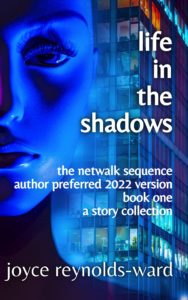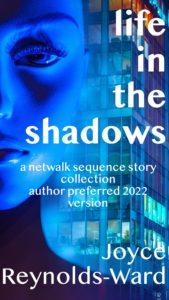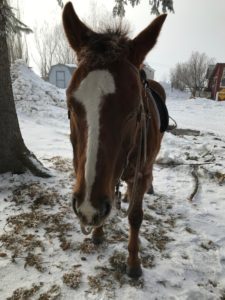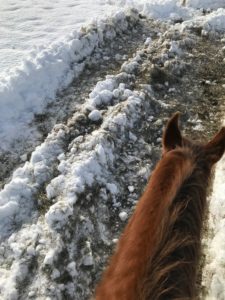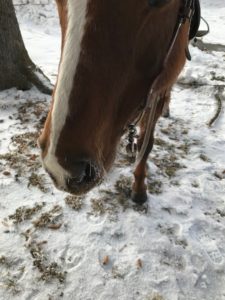Well, it’s happening again. This notion has been bouncing around in my thoughts for several weeks now, and I’m making it formal. Besides A Different Life–What If? being released on April 20th, I’ve decided to go ahead and start formally working in what I now call the Martiniere Multiverse–a series of stories based on turning points in the life of Gabriel Martiniere in the main Martiniere Legacy canon. Because I’m releasing What If?, I ended up revamping the cover and writing a brief summary of the Multiverse which will go into the back matter of each Multiverse book (and updated as needed).
Essentially, there will be four separate multiverses–the one represented by the A Different Life trilogy (What If?, Linda’s Story, and a third one which has an idea but no title yet). In the A Different Life series, Gabe’s family doesn’t die in a plane crash when he is twelve, he and Ruby meet when she is in college and–things happen much differently from the main Martiniere Legacy series. Amongst other things, this trilogy is heavy on the romance side of things. But all is not peachy-keen for our protagonists. They have a lot to overcome. Clues to the emergence of A Different Life will be found in Repairing the Legacy, the last mainline Martiniere Legacy book.
Another one, which may involve a single book, has Gabe telling Ruby who he really is when she becomes pregnant with their son. You find clues to that possibility in Broken Angel: The Lost Years of Gabriel Martiniere.
Another is when Ruby’s friend Remy Trask realizes that the Gabe Ramirez who married her friend Ruby is the Gabriel Martiniere who disappeared after his testimony in US vs Martiniere Group, the case that made her resign her position as an Assistant United States Attorney in Southern California. This likelihood is also found in Broken Angel: The Lost Years of Gabriel Martiniere.
The final one is A Widow’s Vengeance, where Philip kills Gabe during that fateful meeting where he demanded Gabe divorce Ruby in the mainline Martiniere Legacy series. Gabe’s true identity is revealed when his body is found. Ruby, toddler Brandon, and her unborn daughter become players in the power struggle to depose Philip Martiniere, with Ruby as the avenging widow, in alliance with Gabe’s sister, Justine Martiniere. And Gabe’s daughter Gabrielle becomes a power as well (posthumously born and named after her father, while Ruby is still deep in mourning Gabe).
The stories (except for the A Different Life trilogy) will include the digital clone structures I introduced toward the end of The Heritage of Michael Martiniere in the main Martiniere Legacy canon, along with more details about digis in Justine Fixes Everything: Reflections on Mortality. Different Gabe manifestations becoming aware of each other in dreams across several universes—but the controlling character is Gabe Prime (for lack of a better description) in the mainline Martiniere Legacy series, as a digi. First in his own dreams, then after Gabe Prime’s death and resurrection as a digi, his appearances in the other universes (especially a factor in A Widow’s Vengeance).
The multiverse aspect of the Martiniere stories is tied to the different worlds of these spinoffs. And, provided the universe allows, I’ll write them all (along with other things). Once Linda’s Story is completed, I plan to write the explicit Martiniere Multiverse story involving Gabe Prime and his awareness/involvement as a digi in those other universes.
That story will be called Dreamwalker: Gabriel, and I hope to have it written and ready for publication by December, 2022.
The others will be after Dreamwalker.
(And meanwhile, I glare at Gabriel Martiniere while he smirks and gives Ruby a kiss. He’s awfully good at that. And that enigmatic grin of Ruby’s is just as knowing. Don’t count Ruby out because she’s just as responsible for making this happen.)




